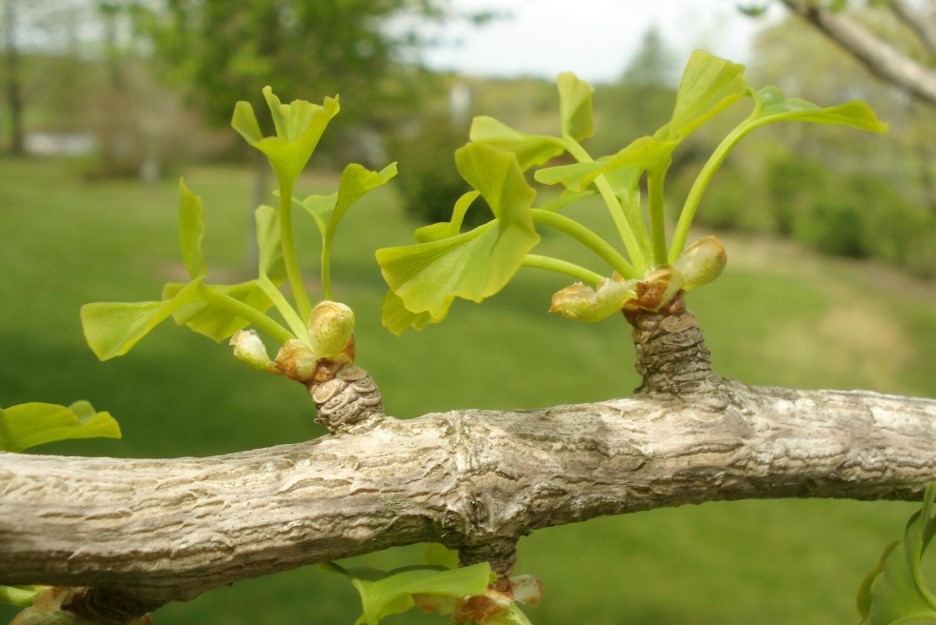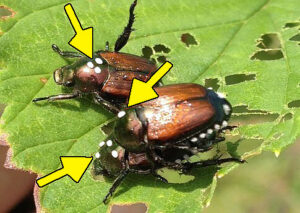
Winsome fly eggs are found on three Japanese beetles, including a mating pair (with a female Japanese beetle shown below the male). One or more eggs are laid on each beetle; eggs are nearly always laid just behind the head. The Winsome fly prefers to lay eggs on female Japanese beetles. / Photo Credit: Jacques Lasnier, Quebec, Bugwood.org
By Bill Hutchison, Department of Entomology
University of Minnesota
Hutch002@umn.edu
The Winsome fly (Istocheta aldrichi (Mesnil)), part of the Tachinidae family, is a parasitoid of the invasive pest Japanese beetle (Popillia japonica).
A parasitoid is an insect whose larvae develop in or within a host insect of a different species, eventually killing it.
The Winsome fly was introduced in 1923 in New Jersey as a biological control agent of the Japanese beetle, six years after the Japanese beetle was accidentally introduced in the United States. Since then, the Winsome fly has become established in the Northeastern states and Quebec and Ontario in Canada.
Continue reading “Winsome Fly Biocontrol Slows Japanese Beetle” →
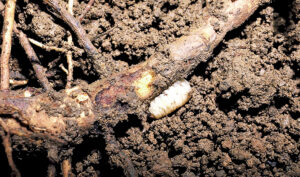


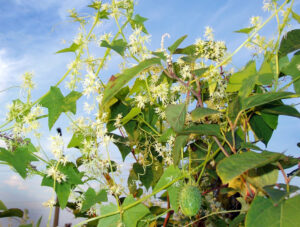

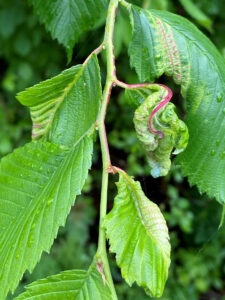
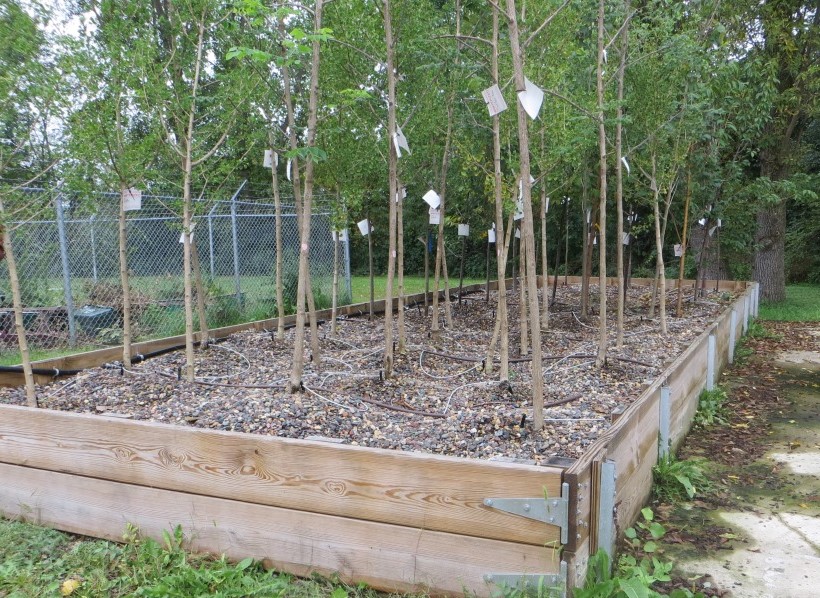 Beginning July 1, 2025, cities, villages, towns, counties, tribes and 501(c)(3) nonprofit organizations in –or conducting their projects in – Wisconsin can apply for a regular or startup 2026 Wisconsin Department of Natural Resources (DNR) Urban Forestry grant. The total 2026 available funding is $559,680, with a possible release of $139,920 of catastrophic storm reserve to fund a second round in March 2027.
Beginning July 1, 2025, cities, villages, towns, counties, tribes and 501(c)(3) nonprofit organizations in –or conducting their projects in – Wisconsin can apply for a regular or startup 2026 Wisconsin Department of Natural Resources (DNR) Urban Forestry grant. The total 2026 available funding is $559,680, with a possible release of $139,920 of catastrophic storm reserve to fund a second round in March 2027. 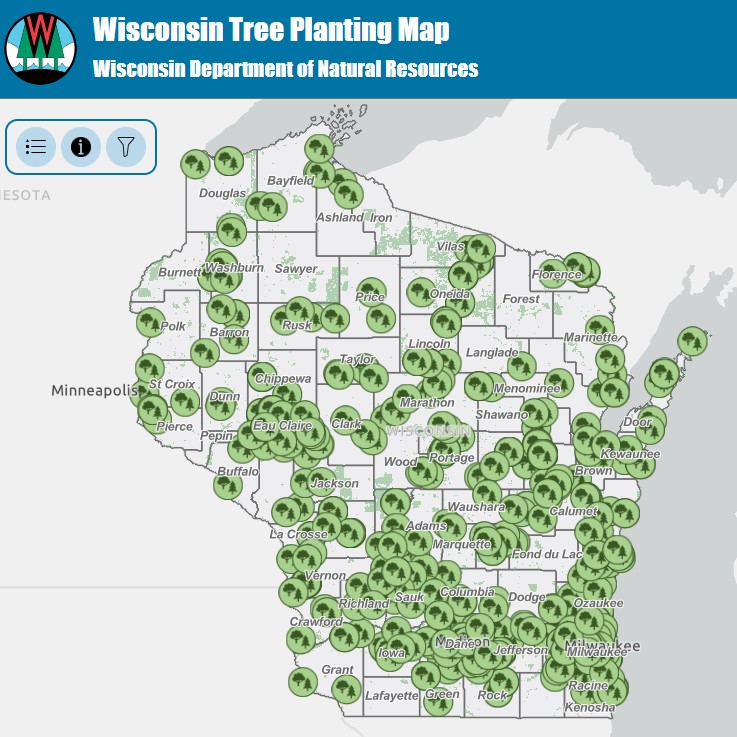 When your newly planted trees are getting comfortable in their new homes, you’ve pulled the splinters from your hands and you find yourself at a desk asking yourself, “What now?”, we have an answer for you.
When your newly planted trees are getting comfortable in their new homes, you’ve pulled the splinters from your hands and you find yourself at a desk asking yourself, “What now?”, we have an answer for you.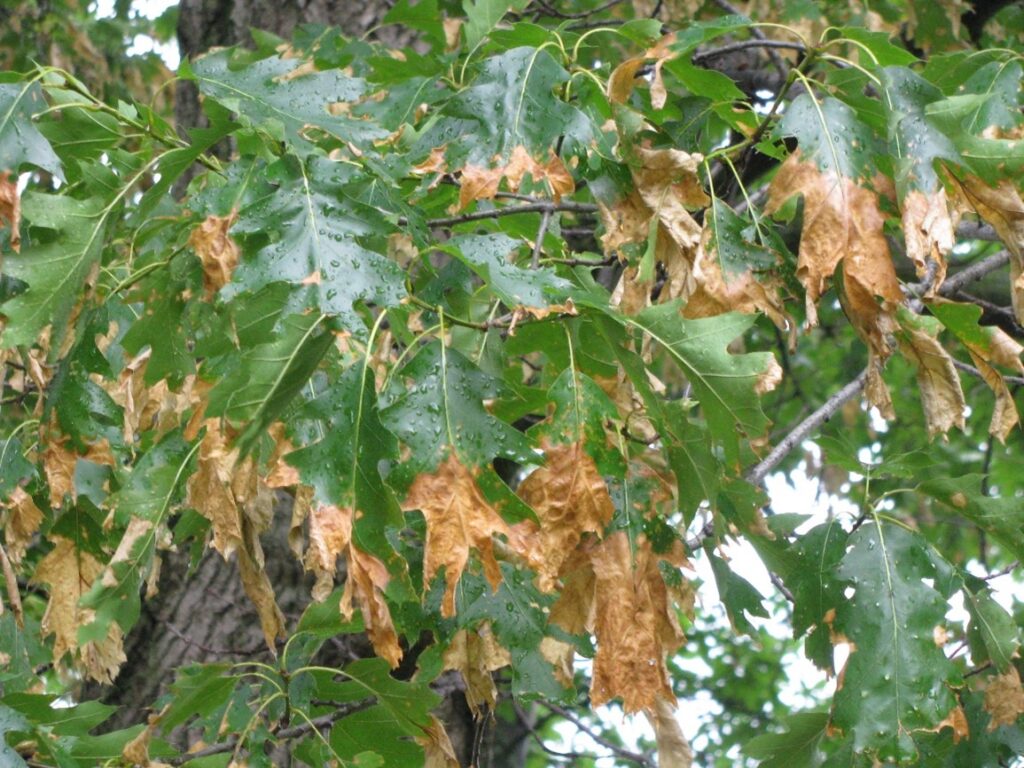
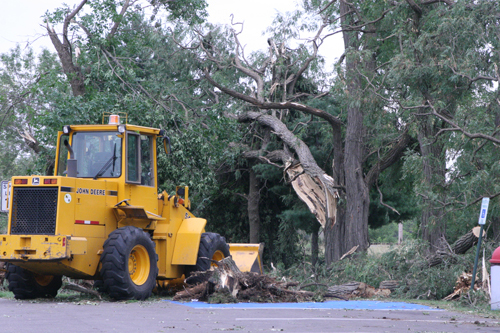 With recent storms passing through Wisconsin, communities may still be working on clean-up. Depending on the intensity of the storms and the condition of the trees, damage from high winds, heavy rainfall, hail and lightning can be quite severe. Cracked or broken branches, trunk damage and root failure are some of the main concerns, but also the risk and liability of damage to people and property.
With recent storms passing through Wisconsin, communities may still be working on clean-up. Depending on the intensity of the storms and the condition of the trees, damage from high winds, heavy rainfall, hail and lightning can be quite severe. Cracked or broken branches, trunk damage and root failure are some of the main concerns, but also the risk and liability of damage to people and property. 